Cast iron tawa pans have been a staple in Indian and Sri Lankan kitchens for centuries, and for good reason. These versatile pans offer a range of benefits that make them an excellent addition to any kitchen. From their durability and even heat distribution to their ability to create a natural non-stick surface, cast iron tawa pans offer a unique cooking experience that can't be replicated with other types of cookware. Whether you're making rotis, dosas, or stir-fries, a cast iron tawa pan can help you achieve great results every time. In this article, we'll explore the benefits of cooking with a cast iron tawa pan, as well as provide tips for choosing the best one for your needs and how to care for it to ensure lasting durability.
Table of Contents
A Brief History of Cast Iron Tawa Cooking
The history of cast iron tawa cooking can be traced back centuries, with evidence of its use in India and Sri Lanka. The tawa, which is a flat, circular cast iron or steel griddle, has been a staple in Indian cooking for generations. It is used to make a variety of dishes, including rotis, parathas, dosas, and more.
The use of cast iron tawa pans in Indian and Sri Lankan cooking can be attributed to the availability of iron ore in the region, which made it an affordable and accessible material for cookware. The flat design of the tawa allows for even heat distribution, making it ideal for cooking flatbreads and other dishes that require a consistent temperature.
Over time, cast iron tawa pans have become an important part of the culinary tradition in India and Sri Lanka, with many families passing down their favorite tawa recipes from generation to generation. Today, cast iron tawa pans can be found in homes and restaurants across the world, and continue to be a popular choice for cooks who value durability, versatility, and the ability to create delicious, authentic dishes.
Why Cook with a Cast Iron Tawa?
There are several reasons why cooking with a cast iron tawa is a great choice:
- Durability: Cast iron tawa pans are incredibly durable and can last for decades with proper care. They can withstand high temperatures and are less likely to warp or scratch than other types of cookware.
- Even Heat Distribution: Cast iron tawa pans are designed to distribute heat evenly, which means your food will cook more evenly and avoid hot spots. This makes them ideal for cooking dishes that require a consistent temperature, such as flatbreads and pancakes.
- Natural Non-Stick Surface: With proper seasoning and care, cast iron tawa pans can develop a natural non-stick surface that is free of chemicals and toxins. This means you can cook with less oil and avoid the health risks associated with traditional non-stick cookware.
- Versatility: Cast iron tawa pans can be used for a variety of cooking techniques, including baking, frying, and sautéing. They are also suitable for use on a variety of stovetops, including gas, electric, and induction.
- Authentic Flavors: Cooking with a cast iron tawa can help bring out the authentic flavors in your food, particularly when cooking Indian and Sri Lankan dishes. The tawa's unique design and heat retention properties help create the perfect texture and taste.
Overall, cooking with a cast iron tawa can help you create delicious, healthy, and authentic meals while providing lasting durability and versatility in the kitchen.
How to Season Your Cast Iron Tawa?
Seasoning a cast iron tawa is a crucial step in maintaining its non-stick surface and preventing rusting. Here are the steps to season your cast iron tawa:
- Clean the tawa: Wash the tawa with hot, soapy water and a soft sponge. Rinse it thoroughly and dry it with a towel.
- Apply oil: Rub a thin layer of vegetable oil or any other high smoke point oil over the entire surface of the tawa, including the edges and handle.
- Heat the tawa: Place the oiled tawa on a stovetop over medium-high heat for 10-15 minutes. This helps the oil to penetrate the pores of the metal.
- Cool and repeat: Once the tawa has cooled down, wipe away any excess oil with a paper towel. Repeat this process 2-3 times to build up a good seasoning layer.
- Store properly: Store your cast iron tawa in a dry place, preferably with a paper towel or cloth to prevent dust accumulation.
It's important to note that acidic foods, such as tomatoes and citrus fruits, can damage the seasoning on your cast iron tawa. To protect the seasoning, avoid cooking acidic foods in the tawa until it has developed a strong and stable layer of seasoning.
By following these simple steps, you can maintain a healthy and natural non-stick surface on your cast iron tawa and enjoy its benefits for years to come.
More Related Article: How to wash, season, and maintain cast iron cookware?
Different Recipes You Can Make With a Cast Iron Tawa
There are many delicious recipes you can make with a cast iron tawa, here are some of them:
- Roti: Roti is a popular Indian flatbread that is traditionally cooked on a cast iron tawa. Simply mix whole wheat flour with water to make a dough, roll it into small balls, and cook them on the tawa until they are lightly browned.
- Dosa: Dosa is another popular Indian dish that is made by fermenting a batter of rice and lentils. The batter is then spread thinly on a cast iron tawa and cooked until crispy and golden brown.
- Paratha: Paratha is a flaky, layered Indian flatbread that is typically stuffed with vegetables or meat. The dough is rolled out and cooked on a cast iron tawa until it is golden brown and crispy.
- Pancakes: Cast iron tawa pans are also great for making pancakes. The even heat distribution ensures that the pancakes cook evenly and the natural non-stick surface means you can cook with less oil.
- Quesadillas: Quesadillas are a Mexican dish that is typically made with cheese and vegetables or meat sandwiched between two tortillas. The tortillas are cooked on a cast iron tawa until they are crispy and the cheese is melted
- Grilled Cheese: Grilled cheese sandwiches are another dish that can be made on a cast iron tawa. Simply butter the bread, add cheese and any other desired fillings, and cook on the tawa until the bread is golden brown and the cheese is melted.
These are just a few examples of the many delicious dishes you can make with a cast iron tawa. The versatility and even heat distribution of this cookware make it a great choice for a wide variety of recipes.
Tips on Cleaning and Storing Your Cast Iron Tawa
Here are some tips on how to clean and store your cast iron tawa:
Cleaning:
- Wait for it to cool down: Wait for the tawa to cool down completely before cleaning it.
- Use a soft sponge: Use a soft sponge or brush to clean the tawa. Avoid using steel wool or any harsh scrubbers that can scratch the surface.
- Use hot water: Use hot water and a small amount of mild dish soap to clean the tawa. Do not soak it in water or put it in the dishwasher.
- Dry thoroughly: Dry the tawa thoroughly with a clean towel. Never leave it wet or store it while it's still damp.
- Re-season: If the tawa is losing its seasoning, you may need to re-season it. Follow the steps mentioned in the previous question on how to season your cast iron tawa.
Storing:
- Keep it dry: Always store your cast iron tawa in a dry place. Any moisture can lead to rusting and damage the seasoning.
- Use paper towels: To prevent dust accumulation, cover the tawa with a paper towel or a clean cloth.
- Don't stack: Do not stack other cookware on top of the cast iron tawa, as it can damage the seasoning and deform the shape.
- Use regularly: Use the tawa regularly. The more you use it, the better its seasoning becomes, and it will last longer.
By following these simple tips, you can maintain your cast iron tawa's quality and durability, ensuring that it will last for many years.
The Benefits of Cooking With a Cast Iron Tawa Compared To Other Pans
Here are some specific benefits of cooking with a cast iron tawa compared to other materials:
Heat retention: Cast iron tawa pans have excellent heat retention, which means they stay hot even when cold food is added to the pan. This makes them ideal for searing and browning meat and vegetables. In comparison, non-stick pans and stainless steel pans can have hot spots or uneven heat distribution.
Natural non-stick surface: A well-seasoned cast iron tawa can have a natural non-stick surface, which means less oil is needed for cooking. This also makes them easier to clean as food is less likely to stick to the surface. In comparison, non-stick pans can scratch and lose their non-stick coating over time.
Versatility: Cast iron tawa pans are incredibly versatile and can be used for a variety of cooking methods, including searing, frying, sautéing, and even baking. In comparison, stainless steel pans and non-stick pans are limited to specific cooking methods.
Health benefits: Cooking with cast iron tawa pans can increase the iron content of your food, which is especially beneficial for individuals with iron-deficiency anemia. In comparison, non-stick pans can release toxic fumes if overheated, which can be harmful to health.
Affordability: Cast iron tawa pans are relatively affordable compared to other high-quality pans, such as stainless steel or copper. They also have a long lifespan, making them a worthwhile investment in the long run. In comparison, non-stick pans can be expensive and may need to be replaced more frequently.
Overall, cooking with a cast iron tawa offers many benefits compared to other materials, including excellent heat retention, a natural non-stick surface, versatility, health benefits, and affordability.
Explore the widest range of cast iron cookware in India only at www.potsandpans.in

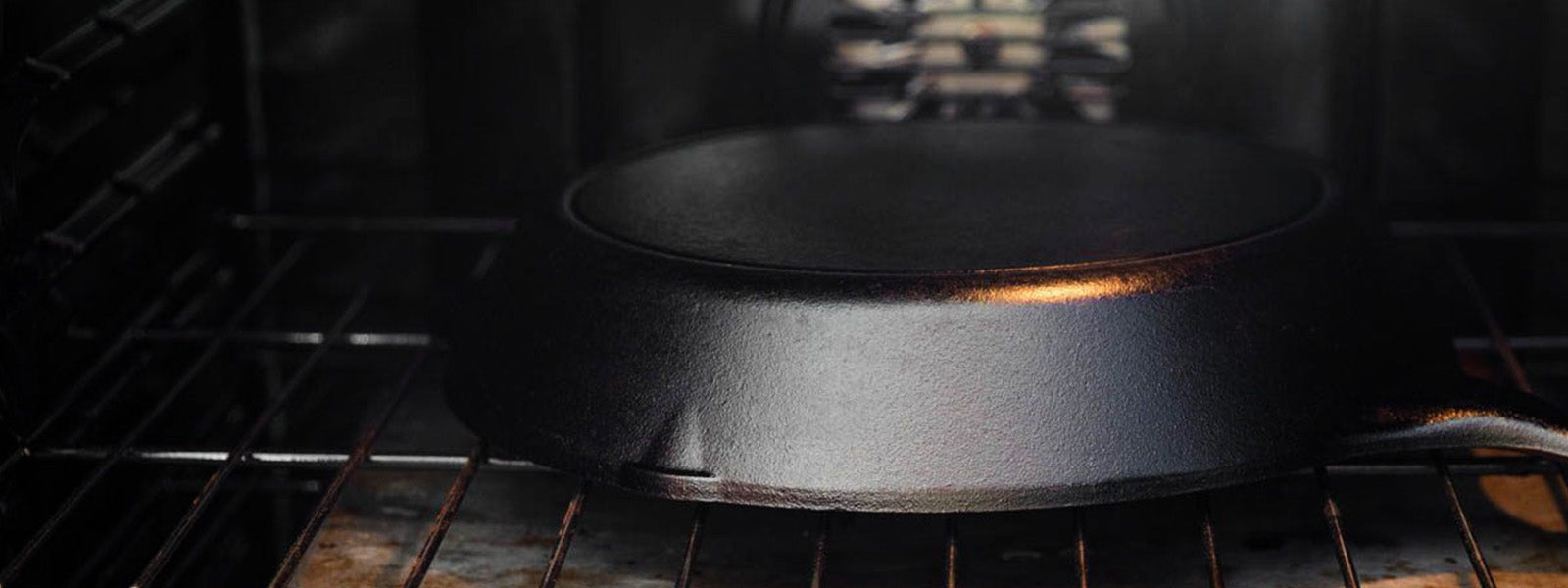
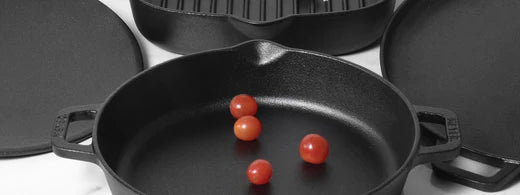
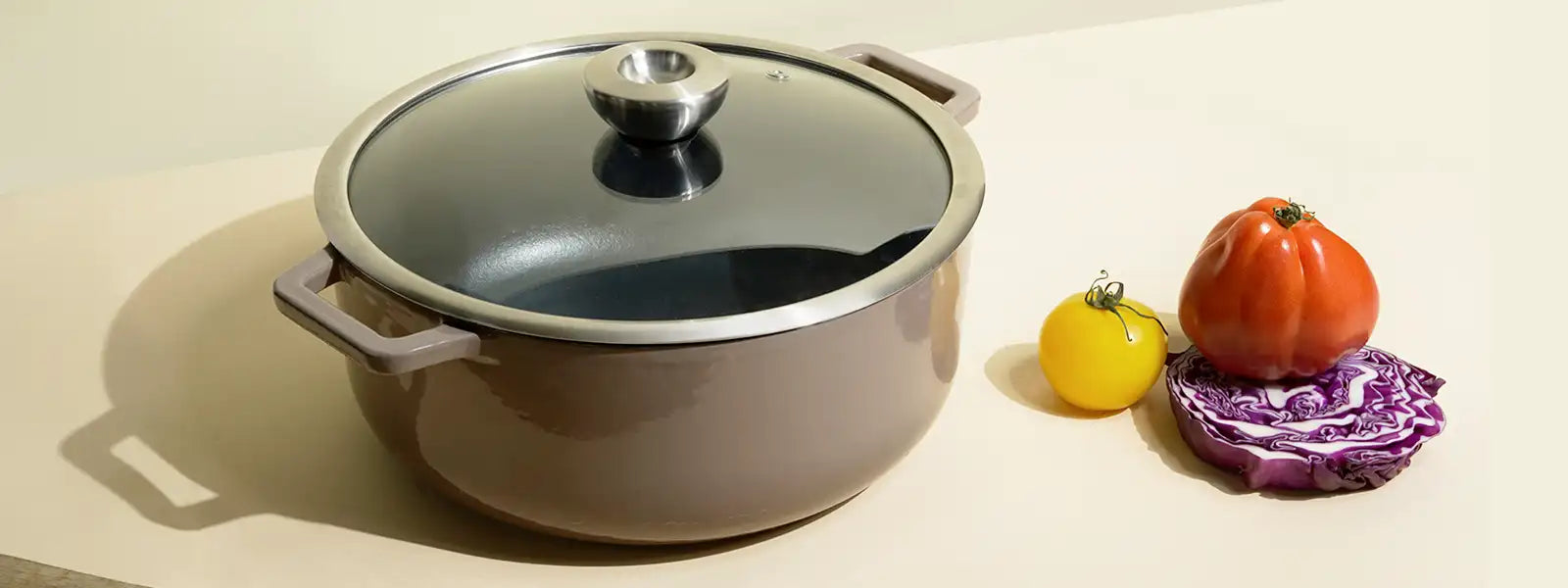
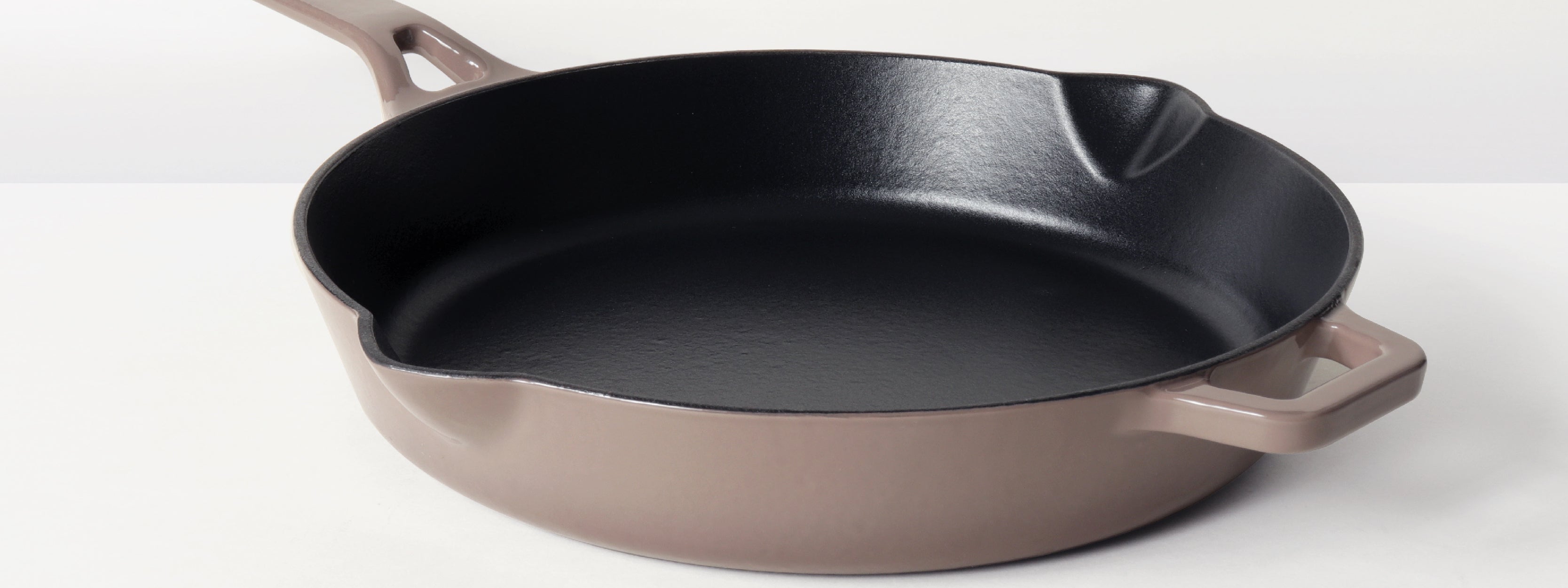
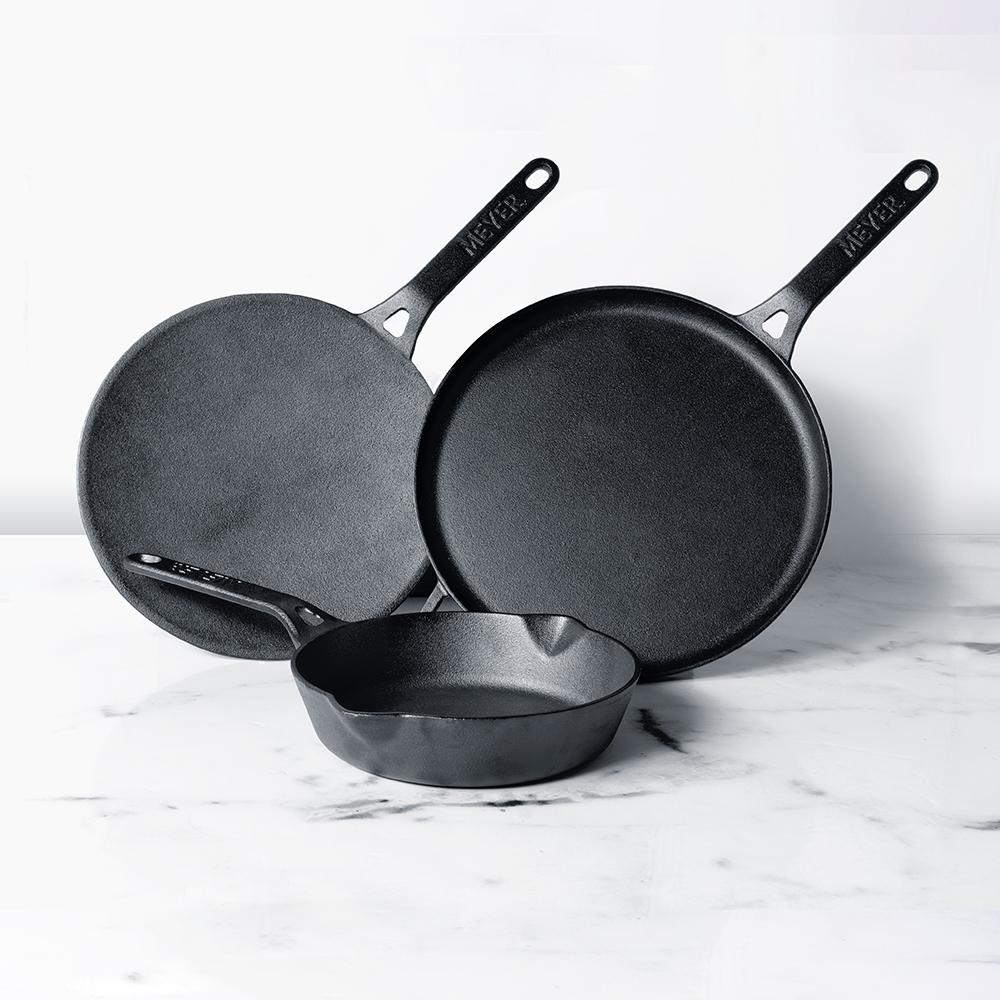
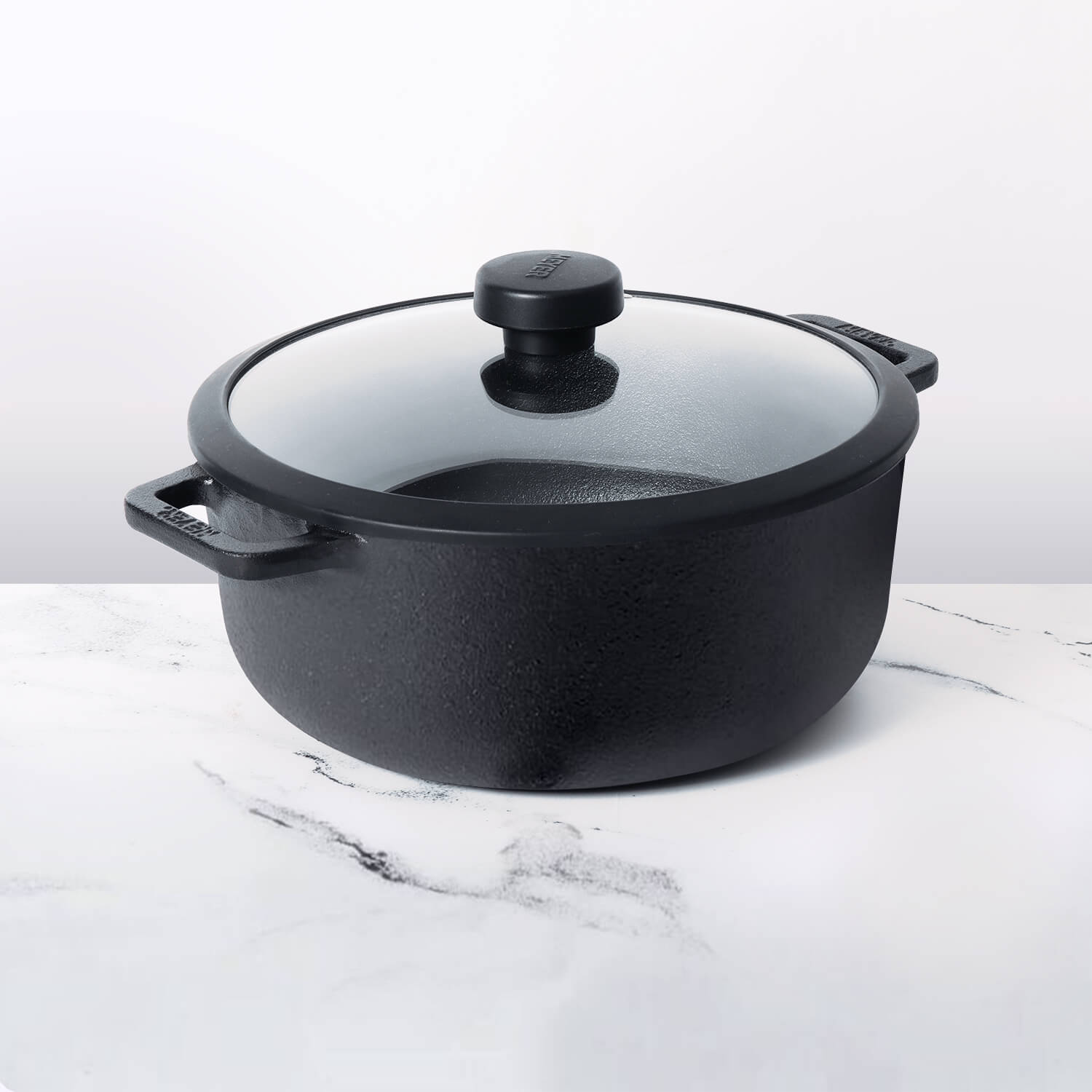




Leave a comment